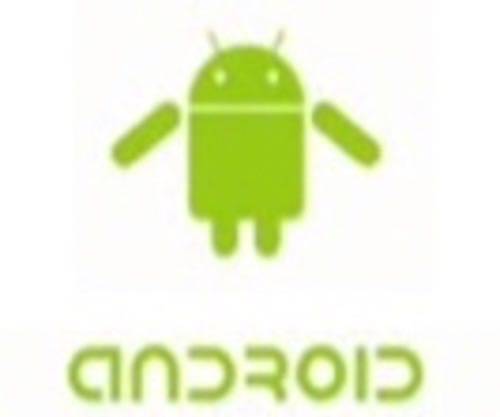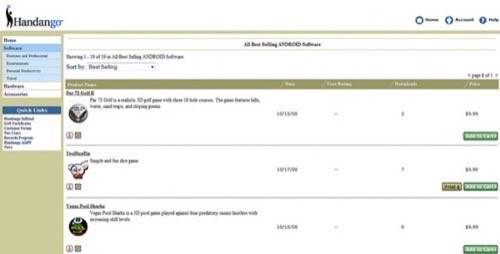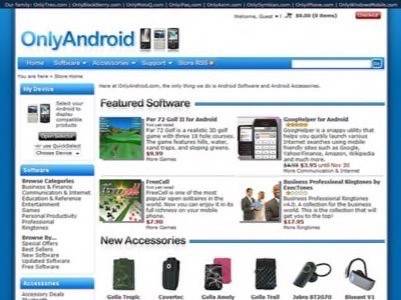Yesterday, T-Mobile stocked their stores with G1 handset, the first smartphone to feature Google’s mobile operating system “Android.” Along with the device itself, the Google Android Market also went live. There, developers are offering a number of applications for installation on the new phone. However, the Android Market isn’t the only place to get apps. Both Handango and MobiHand have app stores of their own. Will this open ecosystem be good for the “Google phone” or will it lead to consumer confusion?

One of the biggest differences between Google’s Android and Apple’s iPhone is the open nature of the Android ecosystem. Although consumers see the G1 as a direct competitor to the iPhone, comparing the two is really like apples (ha!) and oranges. Apple manufactures both the hardware and the software for the iPhone, whereas Google only provides the mobile OS itself. A more apt comparison would be to compare Android to Windows Mobile. And given the rise of multiple sites for Android apps, that comparison is now more applicable than ever.
The Official Store: Google Android Market
Of course, the main source for finding new Android apps is the official Google Android Market. Similar to Apple’s App Store, this site currently features around 50 applications for Android phones. We’ve written about a few of these already, including BooRah (restaurant search), imeem (streaming music), and MySpace’s mobile app. We’re also fans of WikiMobile (a Wikipedia app), iSkoot (Skype VoIP calls), Shazam (media player), ShopSavvy (barcode scanner/shopping assistant), TuneWiki (media player), iMap (weather maps), and wertago (for finding stuff to do). And pre-launch, we picked out some early favorites when we listed 10 Android apps we would actually use.

Handango’s Shop
Compared to the clean, minimalist look of the Android Market, the Handango Android app site is downright ugly. Most of the apps here aren’t free, but you still might find something you’ll want to try. Some that look interesting include the GoogHelper which helps you launch various types of internet searches, the Fast Food Calorie Counter, for healthy eating on the go, or the an all-in-one IM app for instant messaging via AIM, iChat, MSN/Live Messenger, ICQ, Yahoo!, Jabber, and Google Talk.

MobiHand Launches OnlyAndroid
Also launched yesterday was the MobiHand Android app store called OnlyAndroid.com. This store features both free and paid applications. OnlyAndroid is available both on the desktop and from the mobile phone itself in order to support OTA installation of their apps. Some of the featured applications at launch include games like Freecell and Par 72 Golf II and FotMob, an app for sports scores.

With Google Apps, You Have To Shop Around
We noticed that the MobiHand store features some apps that were also found on Handango’s site, like the GoogHelper app and the FotMob app, for example. However, on OnlyAndroid, GoogHelper was $3.95 whereas Handango sold it for $4.95. FotMob, on the other hand, was free on Handango but was $7.99 on OnlyAndroid.
Uh-oh! It’s only one day into Android being publicly available and already there are three different places to shop for apps? Google’s Android Market will feature free apps at first, with paid apps not being included until next year. Meanwhile, paid applications today are found in two non-official stores, each with different pricing for the exact same apps.
Say whatever you want about Apple’s locked-down ecosystem, but there is simplicity in knowing there’s only one place to get apps (well, unless you’re voiding your warranty through jailbreaking, that is). What will people think of all these Android stores? We’re worried that these parallel marketplaces could lead to consumer confusion. We love that Google has gone the open route with Android, but Apple has been successful doing just the opposite. That makes us wonder: is “open” still a way to compete? Let us know what you think in the comments.










